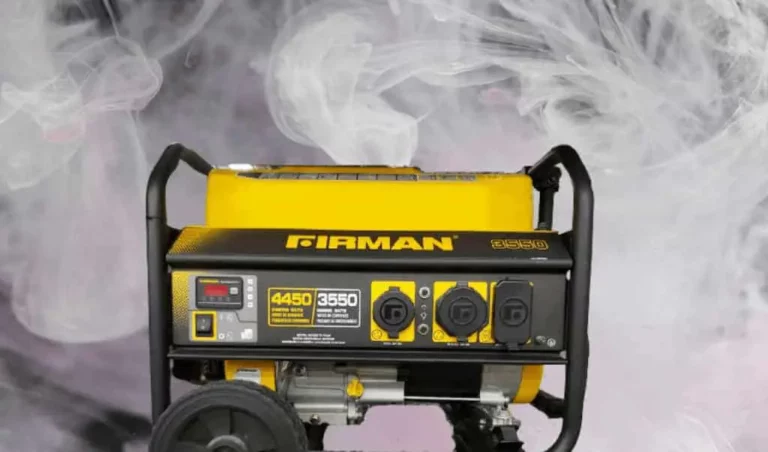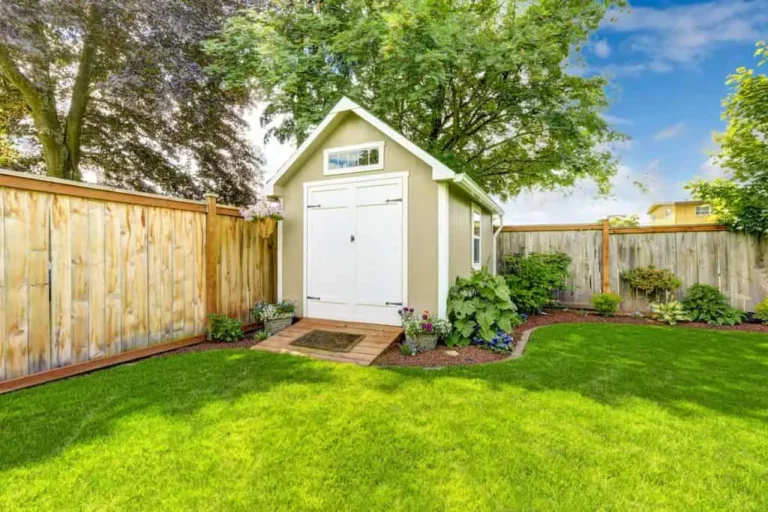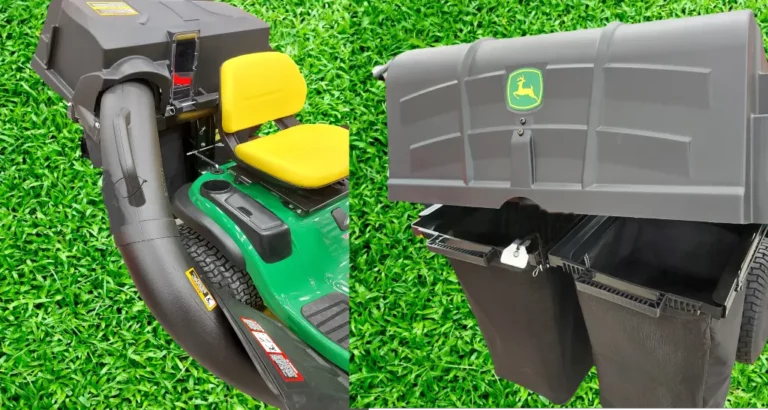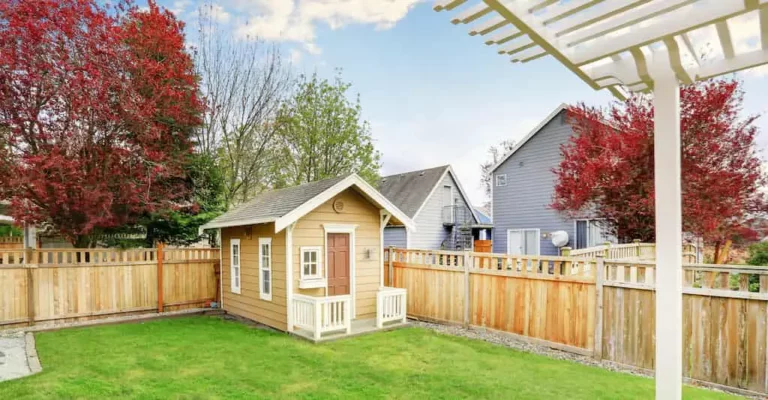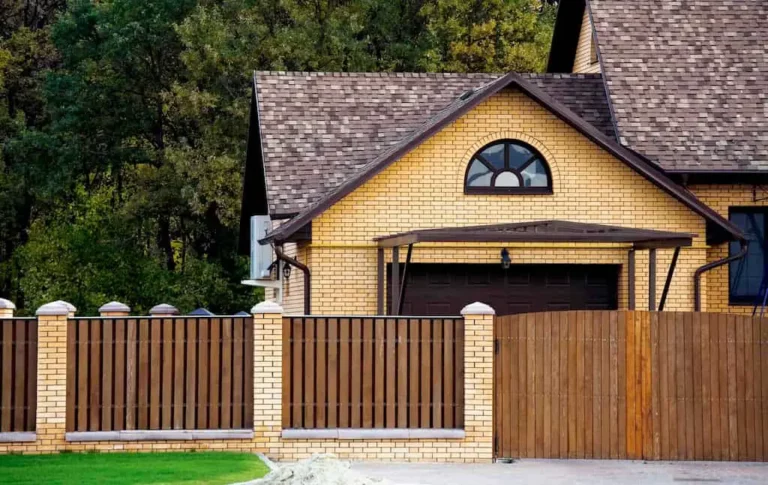Deck Material Selection and Comparison
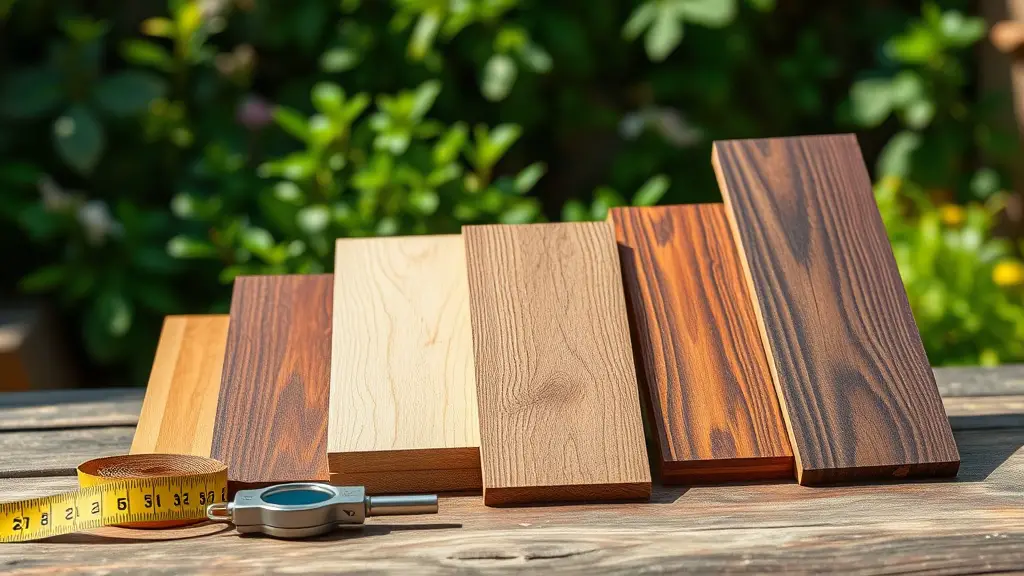
Many homeowners overlook the long-term costs associated with different decking materials. While wood looks beautiful, it often requires more upkeep than you might expect. Composite options provide a middle ground, but they come with their own set of considerations. Then there’s PVC, which is pricier but could outlast them all. Understanding these differences can help you make a decision that fits your lifestyle and budget. What factors should you really prioritize for your deck?
Overview of Decking Materials
When you’re choosing decking materials, it’s essential to understand the main options available: wood, composite, and PVC. Each material offers distinct aesthetics and maintenance needs. Wood decking, such as pressure-treated pine, cedar, or redwood, provides a natural look but often demands extensive upkeep due to vulnerability to weather damage. In contrast, composite decking is engineered to replicate wood’s appearance while delivering enhanced durability and lower maintenance; it’s crafted from a blend of wood fibers and recycled plastics, making it eco-friendlier. PVC decking takes maintenance-free living to another level, boasting remarkable resistance to moisture, insects, and rot, often lasting over 50 years. When selecting, weigh upfront costs against long-term performance to find the best fit for your project.
Evaluating Wood Decking Options
There are several wood decking options that can enhance your outdoor space with a classic feel. Pressure-treated wood offers durability and affordability, priced between $2.50 and $5.00 per square foot, but be cautious of its chemical treatments. Cedar is another excellent choice, ranging from $3.50 to $6.00 per square foot, lauded for its rot resistance and aesthetic appeal, albeit requiring annual sealing. Redwood, which costs between $6.00 and $35.00 per square foot, boasts beauty and stability, although it may demand higher maintenance. If you’re looking for superior durability, consider premium woods like Ipe or Tigerwood, priced at $7.50 to $19.00 per square foot, renowned for their resilience against environmental factors. Select wisely!
Exploring Composite and PVC Decks
As you consider your decking options, exploring composite and PVC decks can provide a sophisticated balance of aesthetics and functionality. Composite decking products combine wood fibers and plastic, delivering a natural wood appearance with minimal maintenance. However, be mindful that composite can be sensitive to scratches and fading in direct sunlight. In contrast, PVC decking, made from polyvinyl chloride, offers superior resistance to moisture, insects, and rot. It’s scratch-resistant and maintains vibrant colors over time. While composite decking tends to fall between traditional wood and PVC in price, keep in mind that PVC typically commands a higher price due to its premium features. Both options promise long warranties, ensuring durability and low maintenance for your investment.
Key Factors for Deck Material Selection
Selecting deck materials involves weighing several key factors, such as cost, durability, and maintenance needs. First, consider initial expenses versus long-term savings; wood may be cheaper upfront, but it often requires regular maintenance to keep it in shape. Meanwhile, composite decking balances cost with lower maintenance requirements and longevity. PVC decking offers superior resistance to moisture and fading, but comes at a premium price. Aesthetic preferences also matter—color choices and grain patterns can influence your decision. Additionally, assess sustainability by opting for responsibly sourced or recycled materials to minimize environmental impact. By understanding these factors, you’ll be better equipped to choose the ideal deck materials that align with your project goals and personal values.
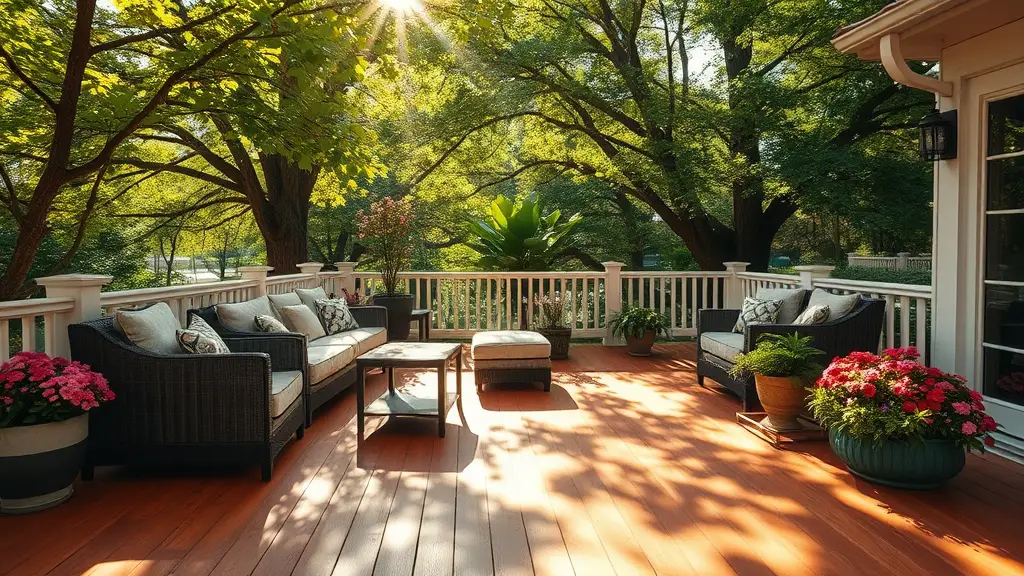
Long-Term Maintenance and Durability Considerations
When evaluating long-term maintenance and durability of deck materials, you’ll want to keep several factors in mind. Understanding these aspects can notably influence your deck material options:
- Maintenance Frequency: Traditional wood decking typically requires annual re-staining and sealing, leading to higher long-term maintenance costs.
- Longevity: Wood lasts around 10-15 years, while composite options can last up to 30 years or more with minimal care.
- Water Resistance: PVC decking is moisture and insect-resistant, promising up to 50 years of maintenance-free enjoyment.
- Environmental Factors: Consider the materials’ resistance to mold, mildew, and temperature fluctuations, as these impact lifespan.
Frequently Asked Questions
How Do I Choose the Best Decking Material?
When choosing the best decking material, evaluate durability, maintenance, and aesthetics. Consider your budget and environmental impact. Analyze long-term performance to guarantee it aligns with your project goals and personal style preferences effectively.
How Much Should a 20X20 Deck Cost?
A 20×20 deck typically costs between $4,000 and $10,000, depending on your chosen materials. Remember to factor in labor and additional features, which can greatly impact your overall budget for the project.
What Is the Longest Lasting Material for a Deck?
For the longest-lasting deck material, consider PVC. Its impressive durability and resistance to moisture, insects, and rot can offer a lifespan exceeding 50 years, ensuring your investment stands the test of time with minimal maintenance.
Which Is Better, Trex or PVC Decking?
When it comes to decking materials, you’ve got a classic showdown. Trex offers a charming, wood-like appeal at a budget-friendly price, while PVC boasts long-lasting durability. You’ll want durability, maintenance, and aesthetics to guide your decision.
